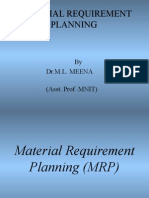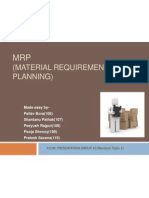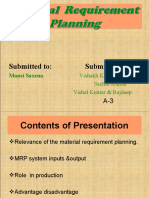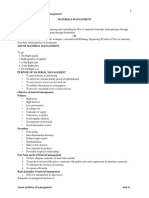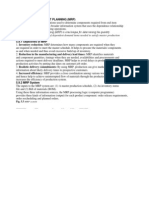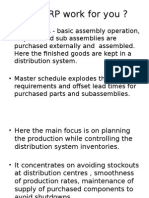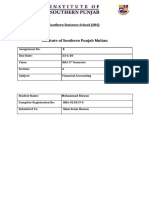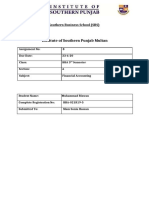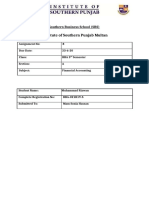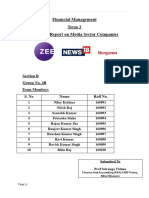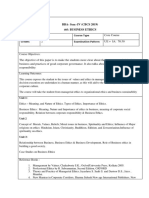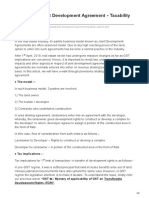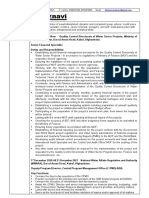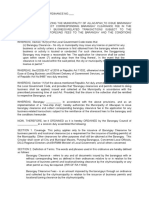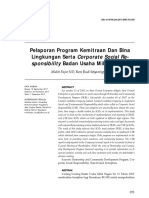0% found this document useful (0 votes)
188 views7 pagesAssignment Inventory & Warehouse Management: Institute of Management Sciences
There are several issues with the company's inventory management and production planning processes. The company is experiencing high inventory levels, expediting costs, and overtime due to a lack of coordination between their material requirements planning (MRP) and master production schedule (MPS). The plant manager also believes their economic order quantities (EOQ) and reorder points are incorrectly set, contributing to problems. Implementing MRP properly could help address these issues by coordinating demand and supply planning, setting optimal reorder levels and order quantities, and avoiding shortages and excess inventory. However, MRP relies on accurate data and changes to designs, schedules or demand still require replanning to account for impacts. The system provides a structured approach to production and inventory management
Uploaded by
mudasir rasheedCopyright
© © All Rights Reserved
We take content rights seriously. If you suspect this is your content, claim it here.
Available Formats
Download as DOCX, PDF, TXT or read online on Scribd
0% found this document useful (0 votes)
188 views7 pagesAssignment Inventory & Warehouse Management: Institute of Management Sciences
There are several issues with the company's inventory management and production planning processes. The company is experiencing high inventory levels, expediting costs, and overtime due to a lack of coordination between their material requirements planning (MRP) and master production schedule (MPS). The plant manager also believes their economic order quantities (EOQ) and reorder points are incorrectly set, contributing to problems. Implementing MRP properly could help address these issues by coordinating demand and supply planning, setting optimal reorder levels and order quantities, and avoiding shortages and excess inventory. However, MRP relies on accurate data and changes to designs, schedules or demand still require replanning to account for impacts. The system provides a structured approach to production and inventory management
Uploaded by
mudasir rasheedCopyright
© © All Rights Reserved
We take content rights seriously. If you suspect this is your content, claim it here.
Available Formats
Download as DOCX, PDF, TXT or read online on Scribd
/ 7









